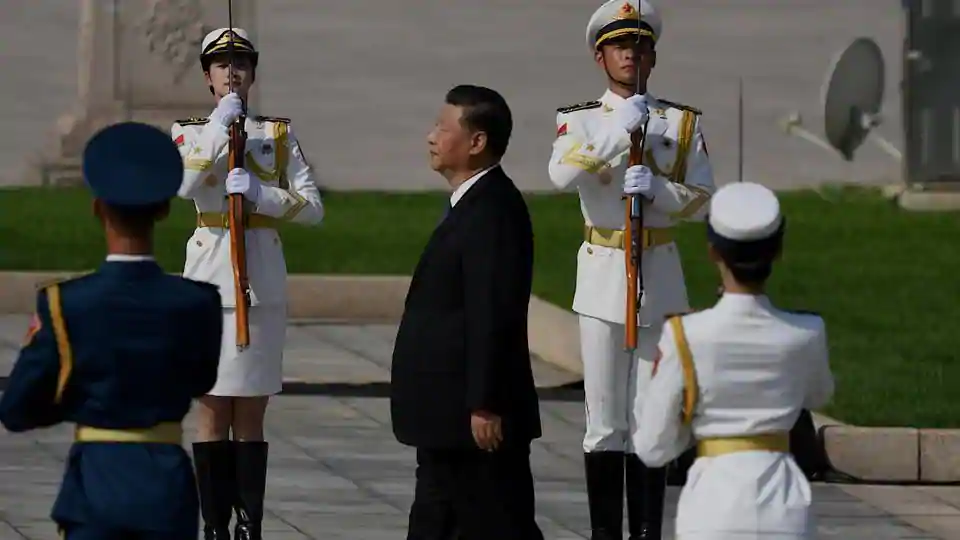
SOURCE: HT
Indian and Chinese military are about to implement a border disengagement plan under reciprocal principle, China’s state media claimed in a news report on Friday. The report, published by Global Times, a tabloid of the Chinese Communist Party, also claimed that the disengagement plan requires India to first withdraw its soldiers from the friction points in eastern Ladakh. Quoting anonymous sources, the tabloid said China will consider disengaging its army from the northern side of the Pangong Tso once the Indian army withdraws.
“India should first withdraw staff who illegally crossed the line on the southern side of the Pangong Tso Lake, and China will then consider disengaging on the northern side of the lake,” sources told the tabloid published by the People’s Daily, the ruling Communist Party of China’s official newspaper.
The Chinese foreign ministry did not respond to requests from the Hindustan Times to comment on the report in Global Times.
There has been no formal response from New Delhi to the claim reported by Chinese state media. But India had made it clear right after the initial rounds of diplomatic and military talks that since China’s People’s Liberation Army troops were the first to provoke, Indian troops could not be expected to be the first to take a step back. Northern Army commander Lieutenant General YK Joshi told reporters in July that the army would continue all efforts to restore status quo ante (the situation as it existed in early April) along the Line of Actual Control.
The Global Times report published on Friday was an updated version of a report published a day earlier in the same tabloid, which denied Indian media reports on “detailed arrangements for a disengagement plan of the two militaries”, as “not accurate”.
The two nuclear powers have been locked in a border dispute for more than five months, with several rounds of diplomatic and military talks failing to produce a breakthrough.
Indian officials have, after the last round of talks, confirmed that the two sides were considering a proposal for phased withdrawal of troops and military equipment in the sensitive Pangong Tso sector as part of a broader disengagement plan to reduce tensions in the Ladakh theatre. If this proposal goes through, it will be the first significant movement in negotiations in more than four months — disengagement in Galwan valley took place in early July but it did not progress in other areas.
The proposal was first discussed on November 6 during the eighth round of military talks between corps commander-ranked officers from the two armies in the Chushul sector.
The Chinese foreign and defence ministries have not commented on the details that were said to have been discussed during the November 6 military talks, the eighth round of negotiations between the armed forces.
In a statement to the Hindustan Times dated November 10, the Chinese foreign ministry said “…there was a frank, in-depth and constructive exchange of views on the issue of disengagement in the western section of the Sino-Indian border,” during the November 6 talks.
“The two sides agreed to conscientiously implement the important consensus reached by the leaders of the two countries, ensure that the front-line forces exercise restraint and avoid misunderstandings and misjudgements,” the statement said.
To a specific question on whether People’s Liberation Army (PLA) troops deployed at the border with India were facing problems because of the harsh winter, the foreign ministry statement had said it was “not a problem” for the Chinese military.
A five-point roadmap agreed on by external affairs minister S Jaishankar and his Chinese counterpart and state councillor Wang Yi on September 10 had laid out the road ahead to defuse the ongoing tension at the border: Dialogue aimed at quick disengagement, maintaining proper distance between troops of the two sides and easing tensions, abiding by all agreements and protocols on border management, continuing dialogue through the Special Representatives mechanism and the WMCC, and working on new confidence-building measures once the situation eases.






